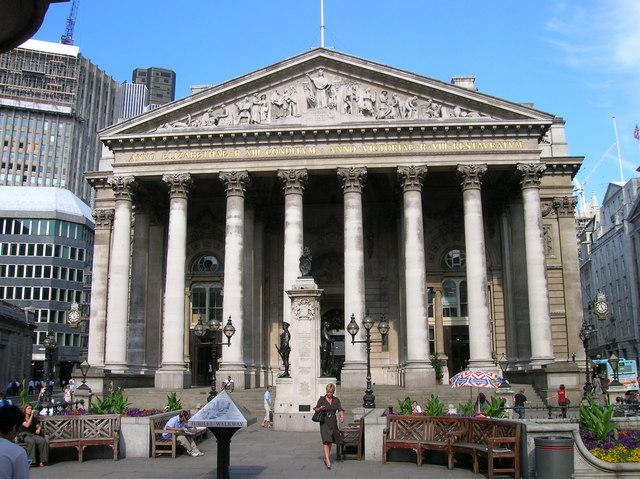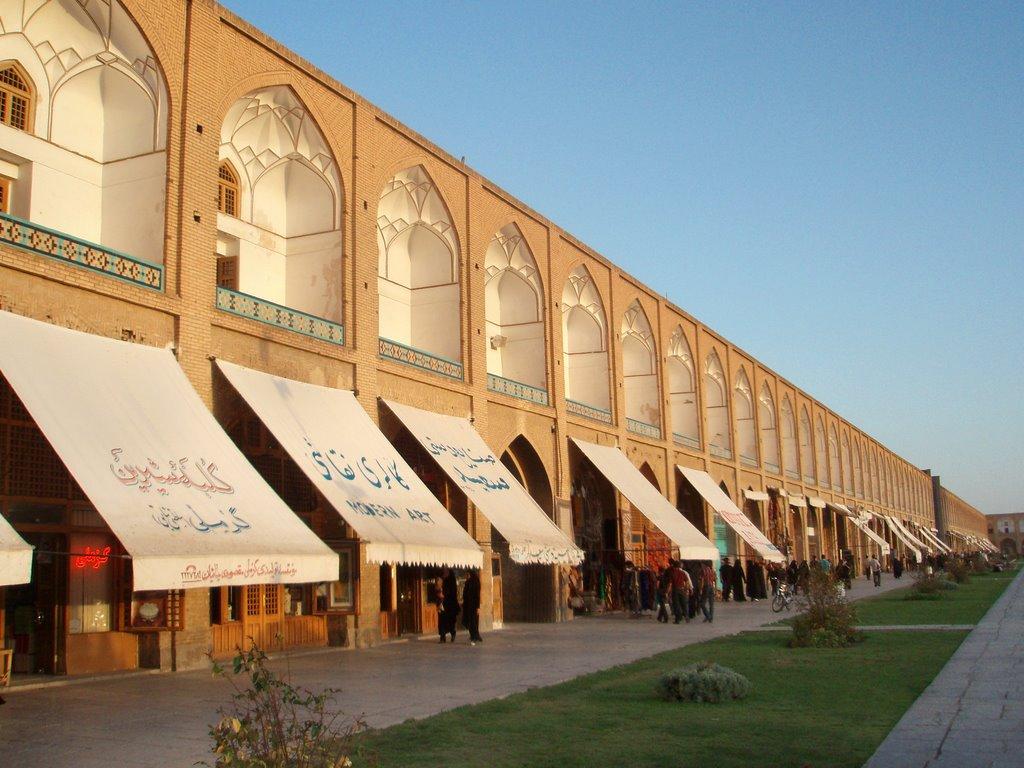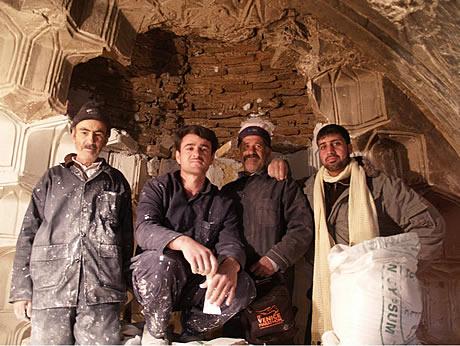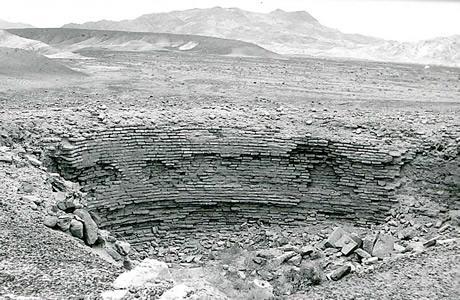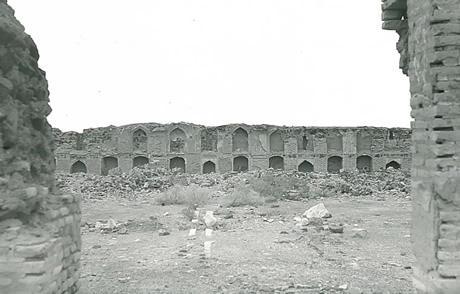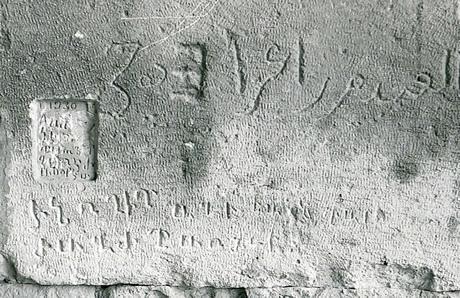Destruction in Syria
Stephennie Mulder sent this on H-Islamart. It is indeed terrible news “Dear Colleagues, I am heartbroken to inform you that the 11th-century minaret of the Umayyad mosque in Aleppo was destroyed yesterday. It was one of the great treasures of Islamic architecture, a restrained and elegant example of the exquisite stone-carving of medieval Syrian stonemasons. …
